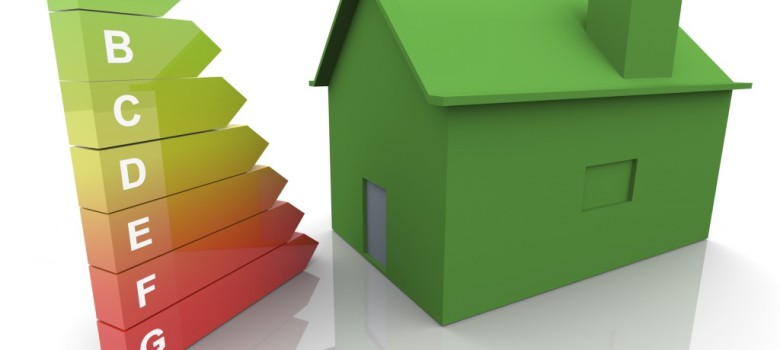
1. Loft insulation
Loft insulation is one of the most popular ways to improve the energy efficiency of your home. It can be very cost effective, making an instant impact on the comfort of your home. The loft insulation helps to stop heat escaping through the roof of your house, which means that you will need to use less fuel to heat your property. You can save up to £150 off your heating bills each year and this can payback anywhere between six months and two years.
There are a few installation approaches you could take with this – you can either do-it yourself; speak to your energy provider to see if they offer loft insulation, or actually call a professional to install it. The do-it-yourself and the energy provider routes can save you quite a bit of money as the actual material is cheap.
The most common way to install insulation in your loft is to take mineral wool and firmly place it between the joists of the loft floor. The process is not very time consuming and the payoffs are very good. If you want to use the loft space, then you may want to place floor boards on the top, which will obviously be more time consuming.
2. Water Tank insulation
New combi boilers don’t have hot water tanks, but both system and heat-only boilers do. These hot water tanks, as the name suggests, store hot water so it is ready to use as and when you need it.
If you can imagine a freshly boiled kettle, the water fairly quickly cools down if left alone, so you need to re-boil it for your next cup of tea. In the same way, the hot water sitting in your hot water tank will cool down fairly quickly. By fitting a water tank insulation jacket to your boiler, it will dramatically decrease the amount of heat that escapes.
For £15 you can buy a hot water cylinder jacket that is easy to fit around the tank yourself. This could save you as much as £35 a year, taking under 6 months to pay back.
3. Draught proof chimney
If you have ever stood next to an unlit open fireplace in the winter you will probably have noticed a cold draught coming out of the hearth. Not only does cold air drop down the chimney, hot air rises – so the expensive heat that is produced by your heating system escapes up the fireplace.
By inserting a chimney balloon up into the chimney, it stops the heat escaping and cold draughts entering your house.
The chimney balloon is essentially a bag which is designed to be inflated about one foot up the chimney creating a thermal barrier preventing cold air coming down the chimney and hot air from your heating system escape.
In addition, the benefit of using a chimney balloon as opposed to blocking the fireplace is that you still keep it’s aesthetic beauty.
A chimney balloon costs about £20 and is very simple to fit. It is thought that as much as 80% of the heat in a room can be through a chimney, therefore fitting one can save you a great deal of energy.
4. Thermostat in the main living room
Installing insulation in your roof will prevent heat escaping through the roof, therefore increasing the ambient temperature of your house. However, to see the savings on your energy bills, you will need to keep the temperature the same before and after installing insulation – since you are then using less fuel to keep your home at that temperature.
A thermostat is an excellent way of closely controlling the temperature of your room, so on a warm day your thermostat will ‘speak’ to your boiler and tell it to produce less hot water for heating. Conversely, if your home begins to drop in temperature, the thermostat will fire a signal to the boiler to increase the temperature of the home, so it returns to a comfortable level.
A simple thermostat fitted in your living room can cost from as little as £150 and will save you on average £70 a year, so payback will be a little over 2 years.
5. LED light bulbs
If you have read our blog on buying the right LEDs, you will know that there are good and bad LED light bulbs.
If you purchase a higher quality LED bulb – which may cost in the region of £15 each for a GU10 bulb, it will last for between 20 – 25 years. A higher quality LED bulb will use on average 85% less energy than their equivalent incandescent / halogen bulbs, saving £8 or more each year. If you replaced 10 bulbs at a cost of £150 pounds, you may save £80 per year off your energy bills, and so after that have paid for themselves in 2 years; you will then see the saving benefits for 20 years or more going forward.
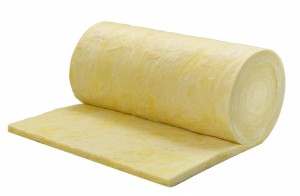
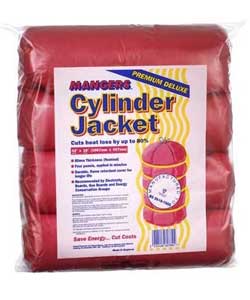
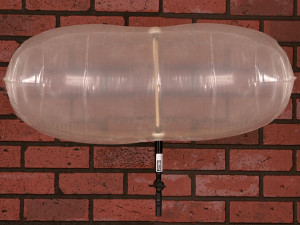
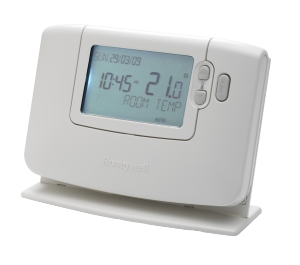
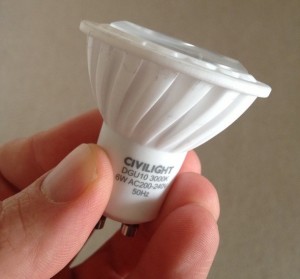












No Comments yet! Be the first one.